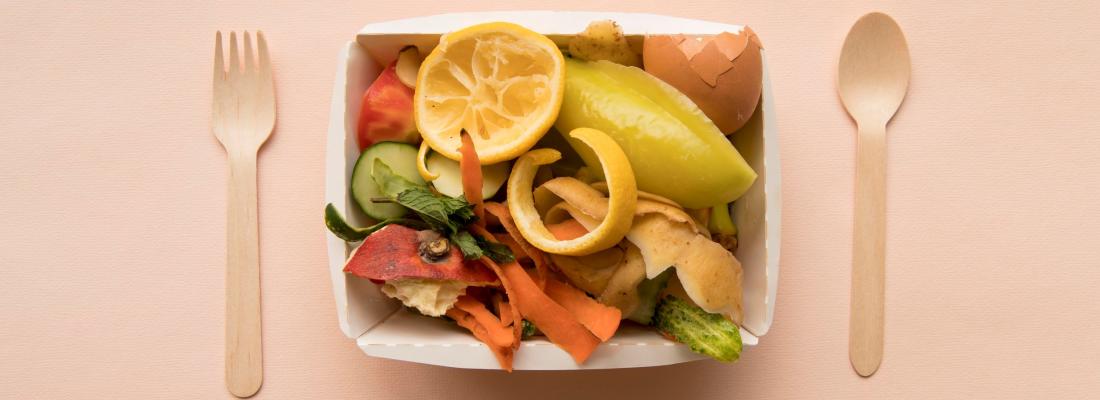Climate change and risks Reading time 2 min
Making food from our organic waste: a good idea only at first sight?
Published on 17 March 2025

Waste-to-nutrition technologies aim to transform residual organic waste (such as forestry and agricultural residues, manure, green residues and food waste) into ingredients for human or animal consumption. They are often presented as innovative and sustainable solutions for reducing the environmental impact of food systems. They may involve insect farms fed on agrifood residues, biorefineries to extract proteins from plant residues or the production of proteins by microorganisms in bioreactors. The aim of these emerging technologies in France is to make the best possible use of waste to reduce the use of natural resources. However their actual environmental impact is not well known.
The scientists assessed the environmental impact in France of 5 of these technologies: insect farming, solid fermentation (transformation of food co-products by yeasts), extraction of plant proteins, production of mycoproteins (proteins produced by fungi) and microbial proteins. They carried out a life cycle assessment (LCA) for 9 potential usage scenarios. They compared their environmental impact with that of existing waste recovery technologies such as anaerobic digestion, composting or feeding animals directly from agricultural and food co-products. The assessment considered key environmental indicators such as greenhouse gas (GHG) emissions, marine eutrophication and land and water use, and was made parametric in order to identify the conditions shaping the environmental performance of these technologies.
Their results show that the environmental efficiency of these new technologies is variable and largely depends on consumer acceptance. For example, for these technologies to have a real environmental advantage when feed-grade streams are mobilized, proteins derived from insects or microorganisms would have to replace at least 80% of the weight of meat otherwise produced and consumed. Feeding livestock directly with suitable organic waste often remains a much more efficient way of reducing the environmental impact of food systems, as is already being done in France. In fact, the benefits for the climate of producing new ingredients using waste-to-nutrition technologies are outweighed by the emissions generated during the transformation processes, particularly energy consumption. Even in the best-case scenarios, the contribution of waste-to-nutrition technologies to mitigating climate change remains significantly lower compared with strategies such as reducing food waste or cutting meat consumption*.
*For France the analysis and calculations show that in the best-case scenario, waste-to-nutrition technologies can reduce annual GHG emissions by up to 10 MtCO2-eq. This figure remains well below strategies to reduce food waste (which could reduce GHG emissions by up to 15 MtCO₂-eq y-1) or reduce meat consumption (between 20 and 25 MtCO₂-eq y-1 of potential GHG emission reductions).
Reference
Javourez U. et al. (2025). Environmental mitigation potential of waste-to-nutrition pathways. Nature Sustainability. DOI : 10.1038/s41893-025-01521-z
